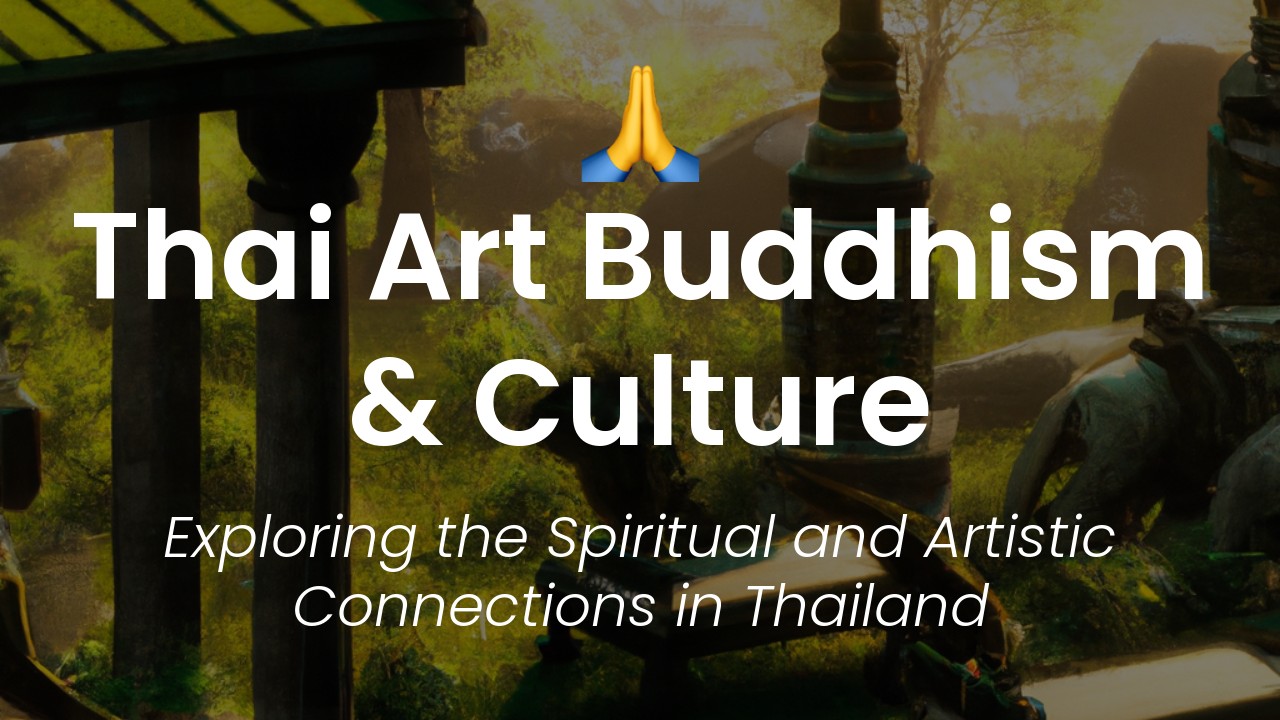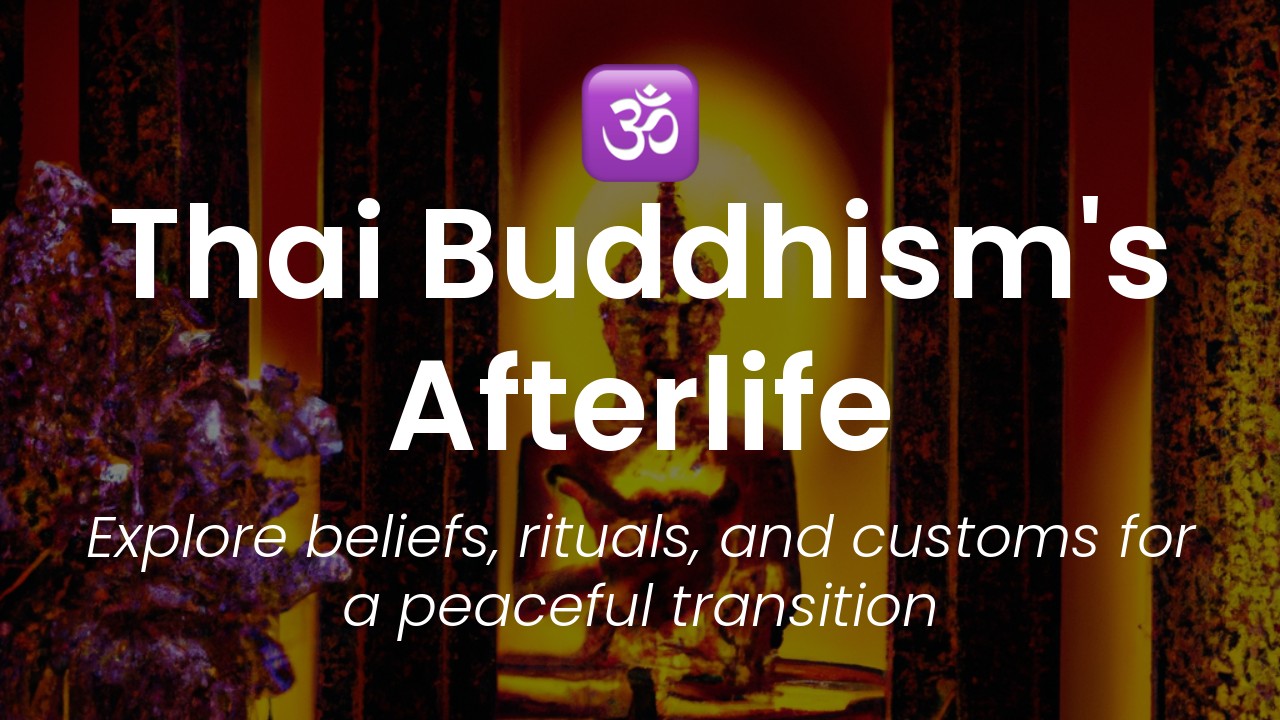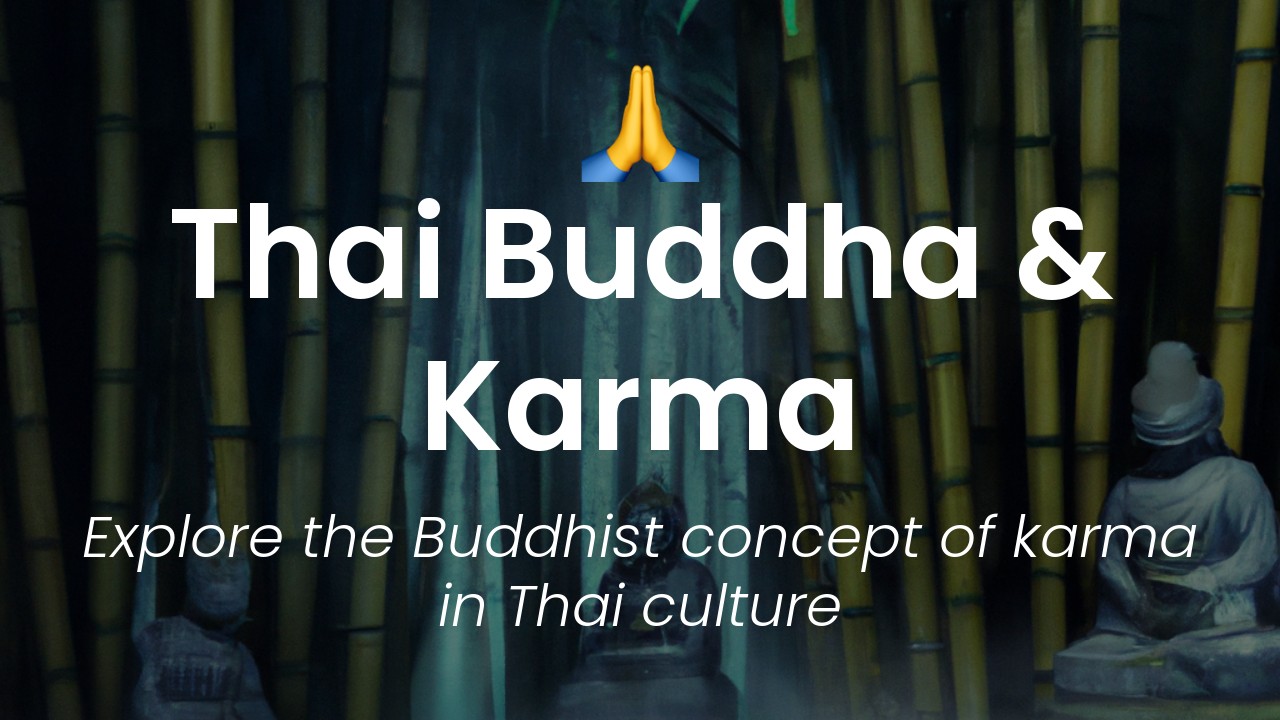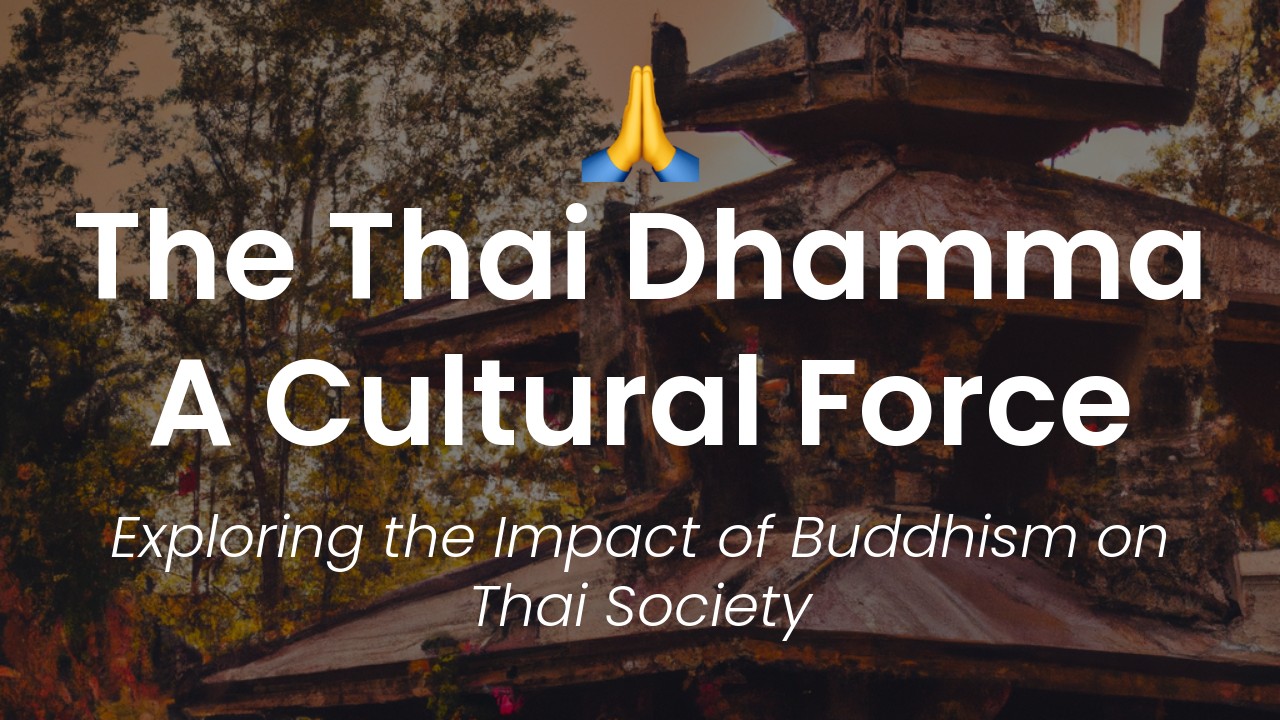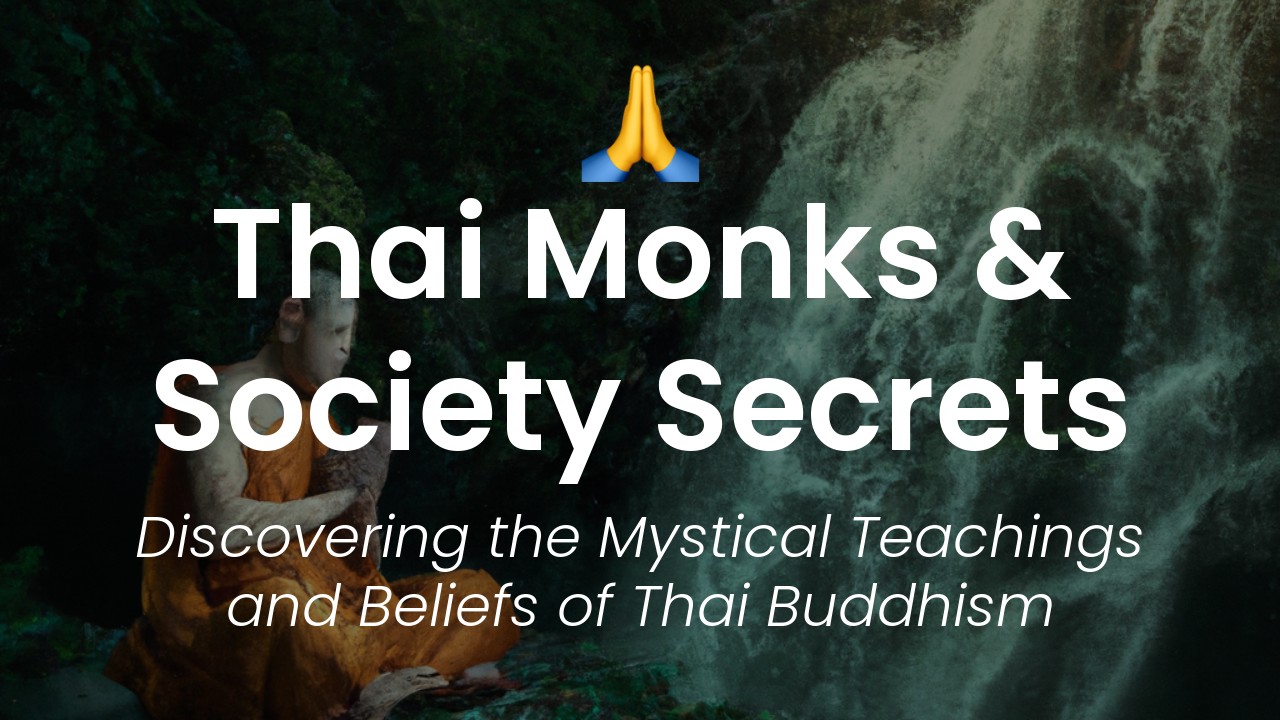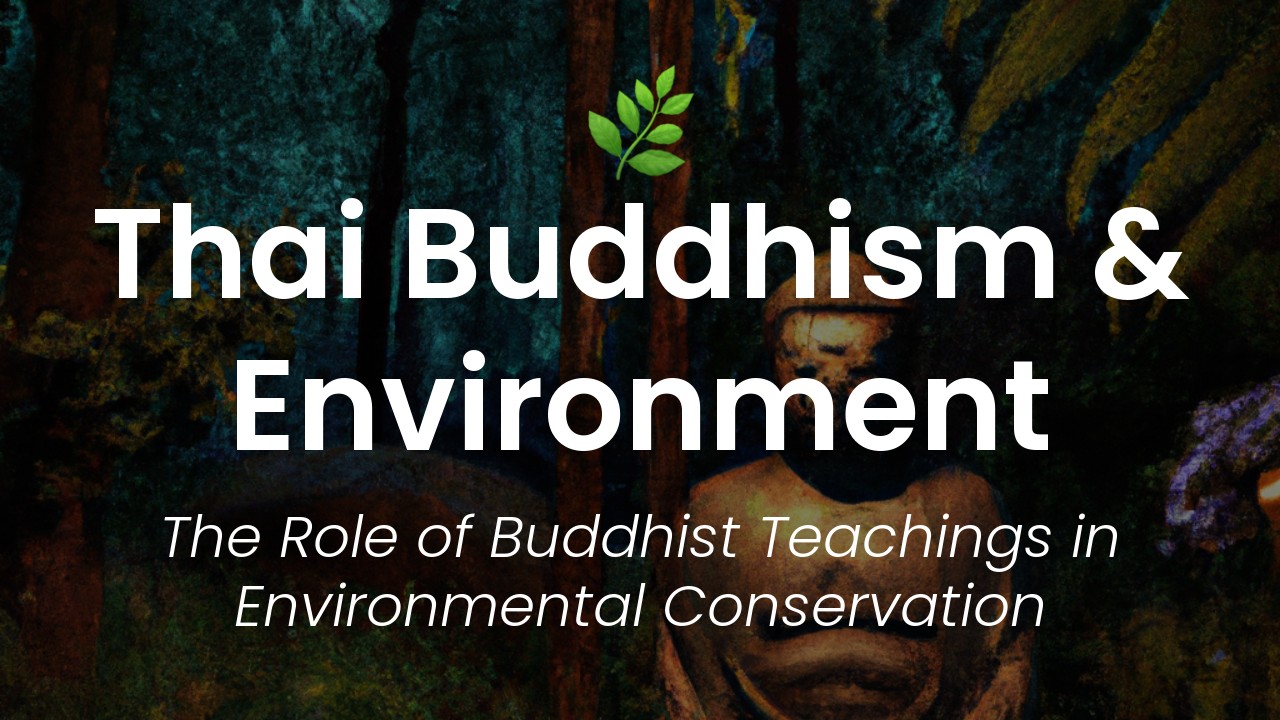Hello everyone! My name is Sirinya and I welcome you to my blog, where I share my insights and experiences about Thai culture and tourism in Thailand. In this article, I would like to take you on a journey into the world of Thai art and explore its close relationship with Buddhism, a major religion in Thailand.
Buddhism has been an integral part of Thai culture for centuries, and its influence can be clearly seen in all aspects of life, including art. Thai art is rich in symbolism, and the intricate details and vibrant colors in each artwork reflect the deep spiritual beliefs and values of the Thai people. From majestic temples and shrines to ornate murals and sculptures, Buddhism has inspired a multitude of art genres in Thailand – each of them, with their own unique set of meanings and stories to tell.
In this article, we will delve into the rich history of Thai art and its deep connection with Buddhism. We will explore the different art forms and genres that have emerged in Thailand over the centuries and discover the symbolism and meaning behind each one. We will also examine the role of Buddhism in shaping Thai art and its continued influence on contemporary Thai artists. So, get ready to immerse yourself in the world of Thai art and discover the beauty of Buddhism-inspired creations. Let’s begin!
Ancient Buddhist Art in Thailand
Buddhism has been a significant influence on Thai art and culture since the faith was introduced to the region over 2,000 years ago. The ancient Buddhist art in Thailand reflects the country's changing political and cultural landscape, as well as its enduring reverence for the teachings of Gautama Buddha.
Early Buddhist art in Thailand featured depictions of Buddha in his human form, as well as iconography inspired by Hinduism and indigenous beliefs. Temple architecture took on a distinctly Thai flavor, with ornate gables and curved roofs that symbolized the protective Naga serpents of Thai mythology. The earliest Buddhist art in Thailand dates back to the Dvaravati period (6th to 11th centuries CE), during which the region was influenced by Indian traders and missionaries.
Buddhism as a Theme in Contemporary Art
Buddhism continues to inspire Thai art and culture today, as evidenced by the many contemporary artists who explore themes of spirituality, mindfulness, and the impermanence of life. Thai artists like Rirkrit Tiravanija, Navin Rawanchaikul, and Mit Jai Inn have gained international recognition for their work, which explores the intersection of traditional Buddhist practices and modern technology.
Buddhism serves as a source of inspiration for many of these artists, who grapple with questions of identity, spirituality, and social justice. The use of Buddhist iconography and philosophy in contemporary Thai art reflects the enduring relevance of the faith in Thai culture, as well as its ability to inspire creative expression.
Thai Temples & Buddha Statues
Perhaps the most recognizable forms of Buddhist art in Thailand are the country's ornate temples and Buddha statues. Thailand is home to thousands of temples, known as wats, that serve as centers of worship and education for Buddhists around the world. These temples are known for their stunning architecture, intricate carvings, and intricate paintings.
Buddha statues in Thailand also come in a variety of styles and sizes, with each one representing a different aspect of Buddha's teachings. Some statues are seated in serene meditation, while others depict Buddha in a more active, teaching role. Many of these statues are housed in the country's temples and are revered by both Thai Buddhists and visitors from around the world.
Influence of Theravada Buddhism in Thai Art
Theravada Buddhism is the dominant form of Buddhism in Thailand and has had a significant influence on the country's art and culture. The teachings of Theravada Buddhism emphasize the importance of mindfulness, compassion, and empathy, which are reflected in the country's art and architecture.
Theravada Buddhism also places a strong emphasis on the concept of impermanence, which is explored in much of Thailand's art. For example, many of the country's paintings depict scenes from Buddha's life, highlighting the impermanence of all things. This theme is also reflected in Thai architecture, which often features intricate carvings and other decorative elements that are designed to remind viewers of the fleeting nature of life.
Spiritual & Philosophical Elements
Spiritual and philosophical elements are also prominent in many of Thailand's Buddhist artworks. These elements are intended to inspire reflection and contemplation among viewers, encouraging them to think deeply about the nature of reality and the human experience.
For example, many of Thailand's temple murals feature scenes from Buddha's life and teachings, as well as stories from Thai history and mythology. These paintings often depict complex emotional and philosophical themes, such as the nature of suffering, the merits of altruism, and the importance of humility.
Meditation & Mindfulness in Art
Meditation and mindfulness are key elements of Thai Buddhist art, which often features images of meditating monks or serene nature scenes that evoke a sense of peace and tranquility. This focus on meditation reflects the importance of mindfulness and contemplation in Theravada Buddhism, as well as its emphasis on the cultivation of inner peace and wisdom.
Thai art also often encourages viewers to take a more mindful approach to life, reminding them of the impermanence of all things and the importance of living in the present moment. This theme is reflected in traditional Thai art forms such as dance and music, which are designed to foster a sense of connection and mindfulness among participants.
Impact of Buddhism on Thai Culture
Buddhism has had a profound impact on Thai culture, shaping everything from art and architecture to customs and traditions. The teachings of Buddha have inspired countless Thai artists and scholars, while also influencing the way Thai people think about spirituality, morality, and the human experience.
Today, Thailand remains one of the most Buddhist countries in the world, with an estimated 95% of the population following the faith. The country's vibrant Buddhist art scene reflects the enduring importance of the faith in Thai society, as well as its ability to inspire creativity, reflection, and contemplation among viewers.

